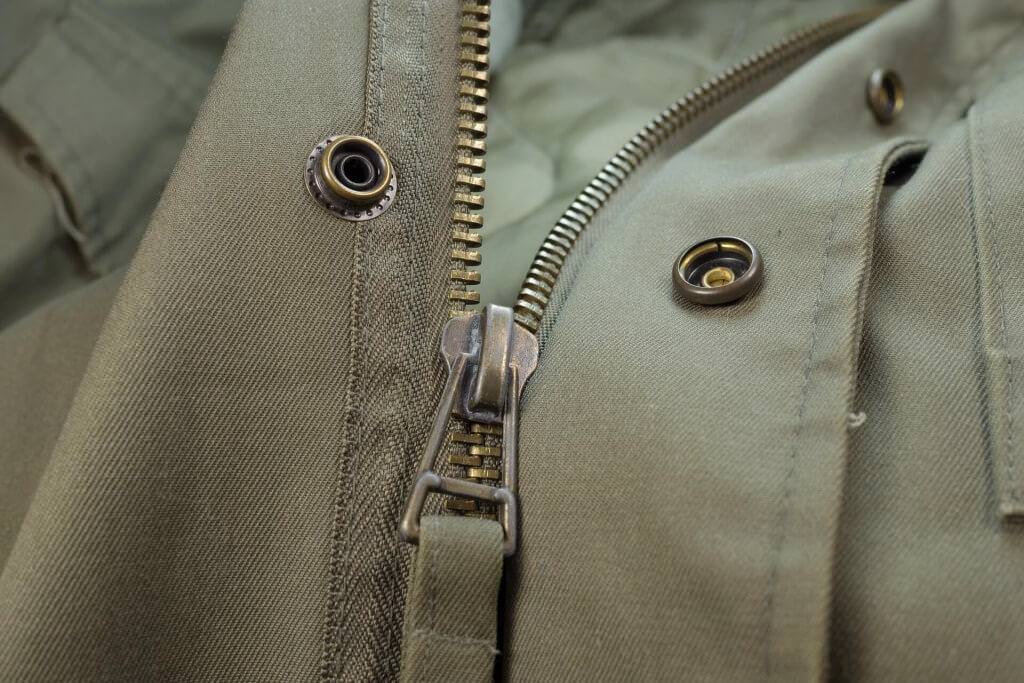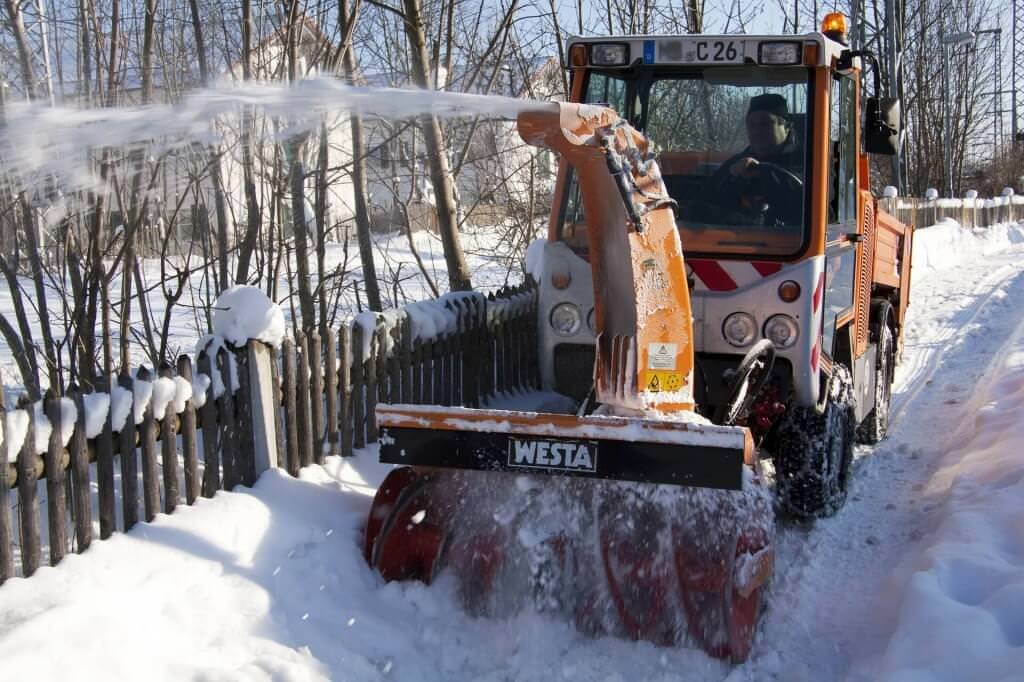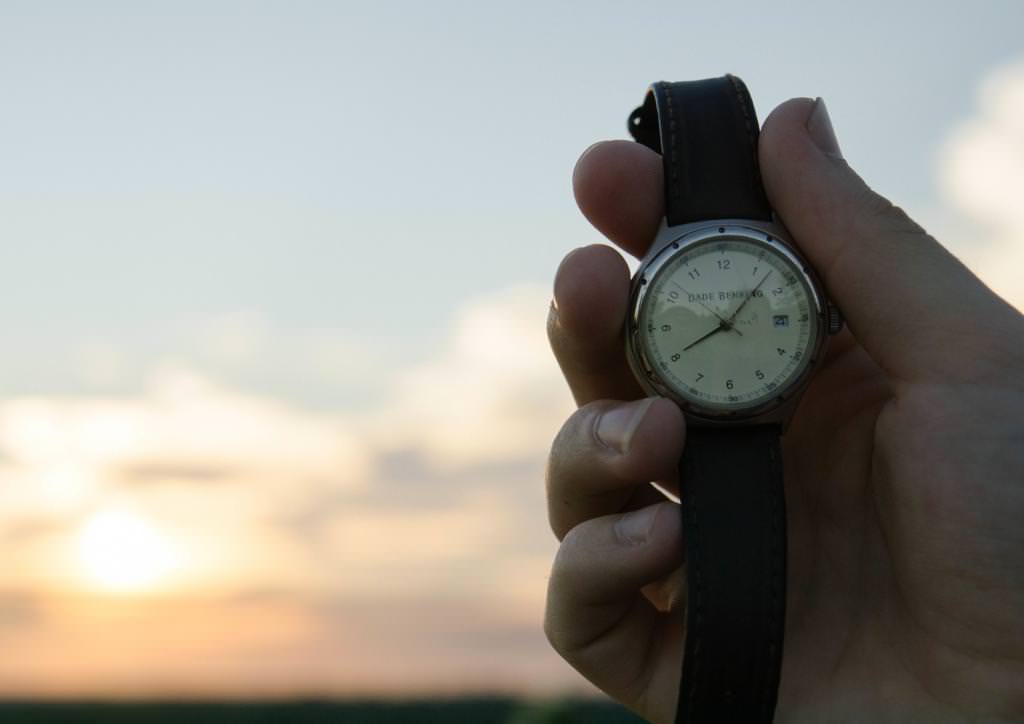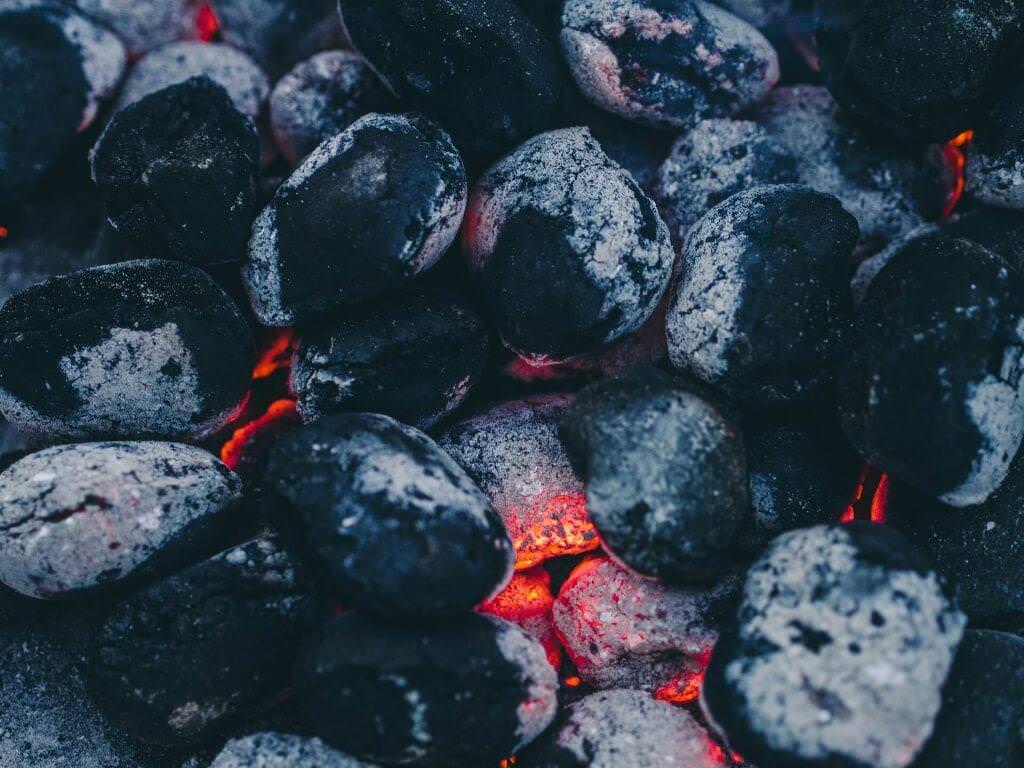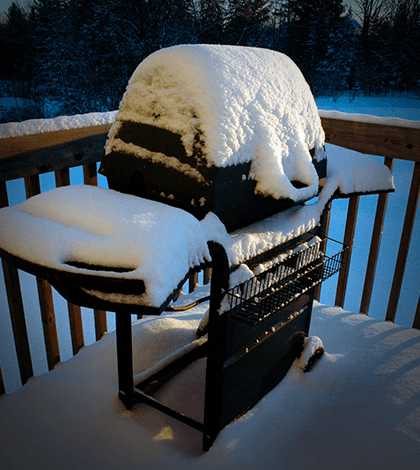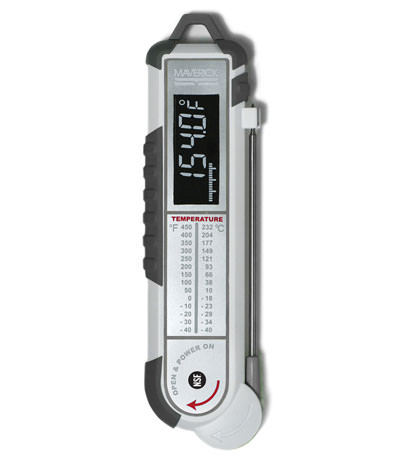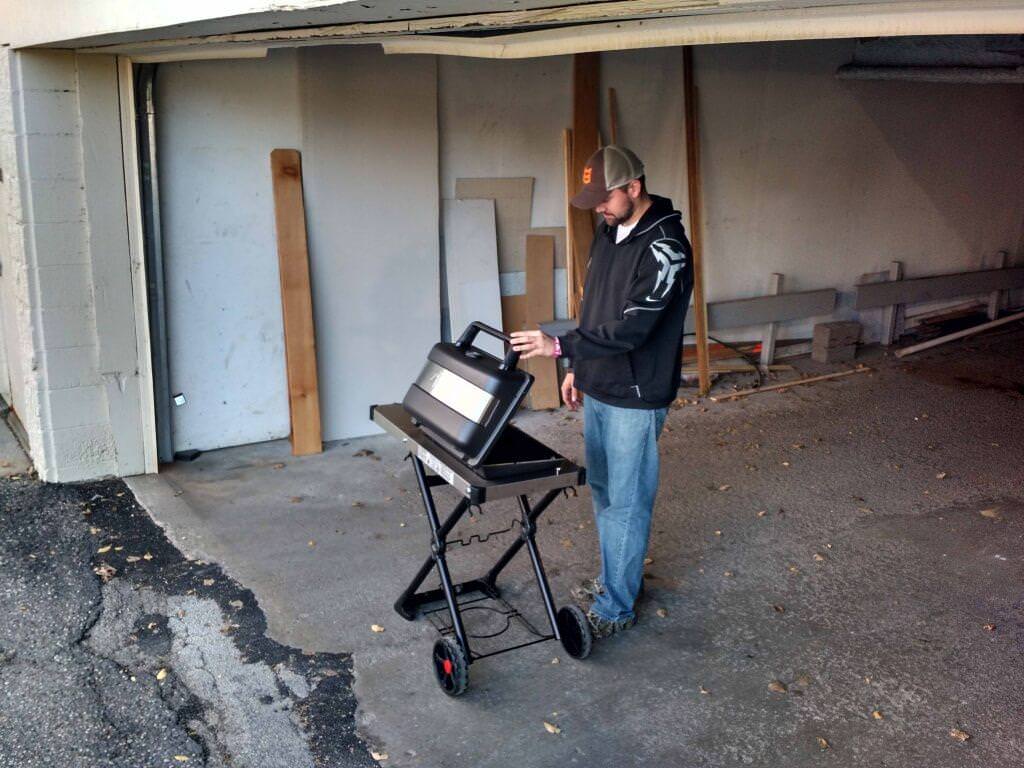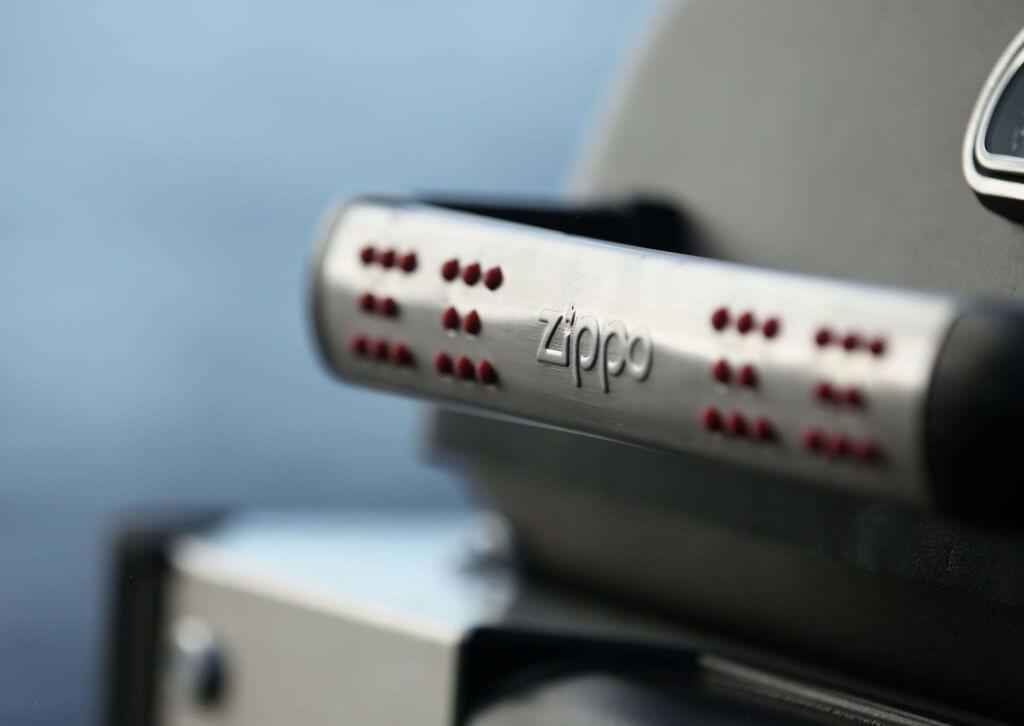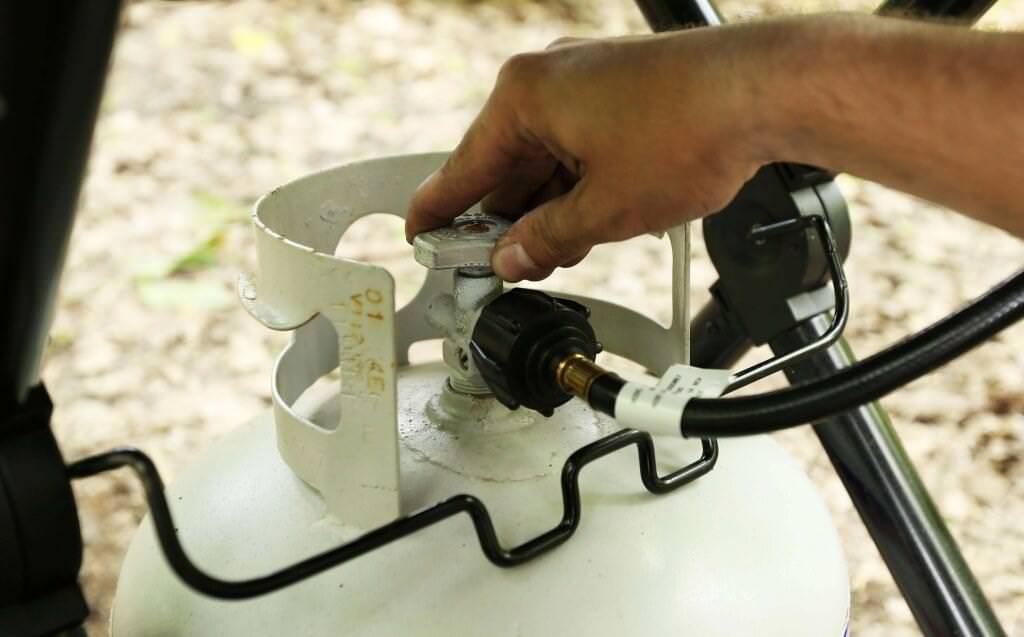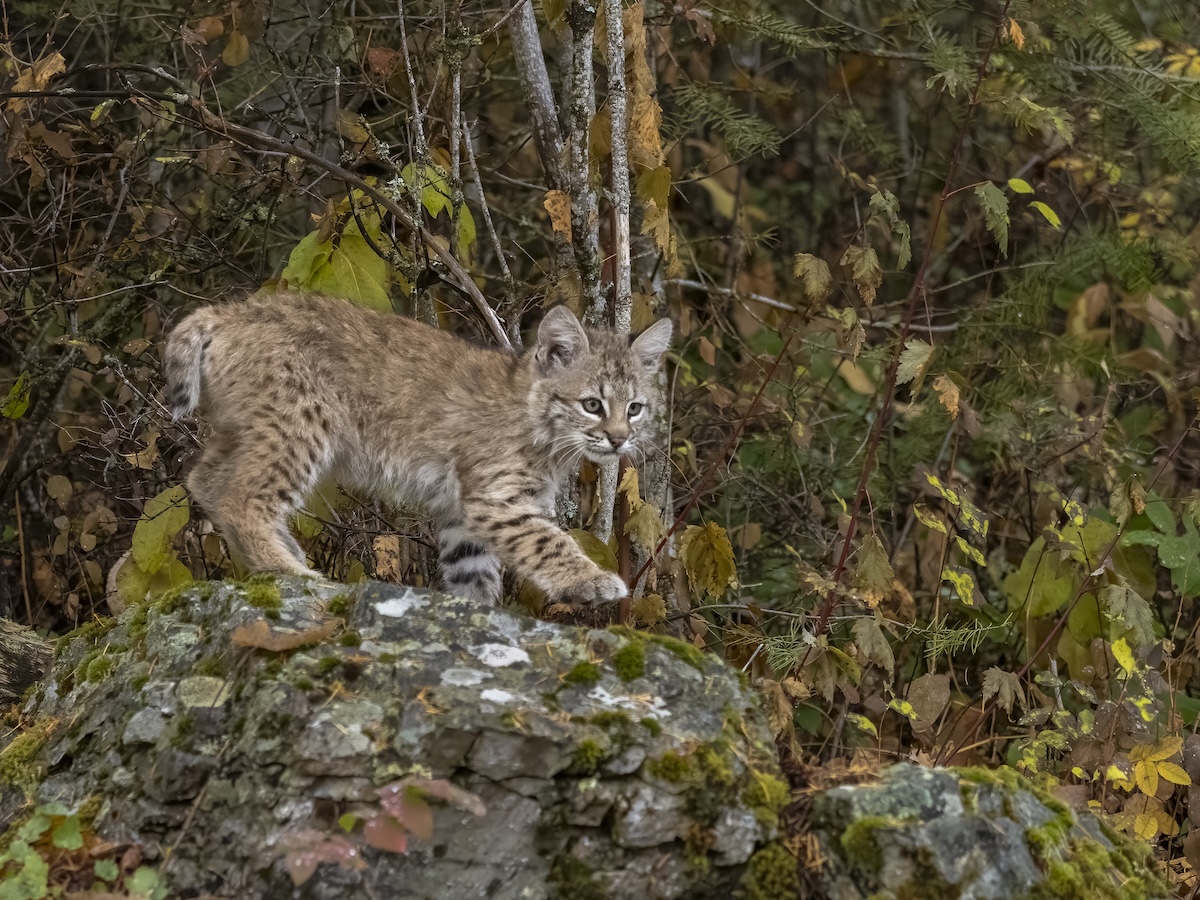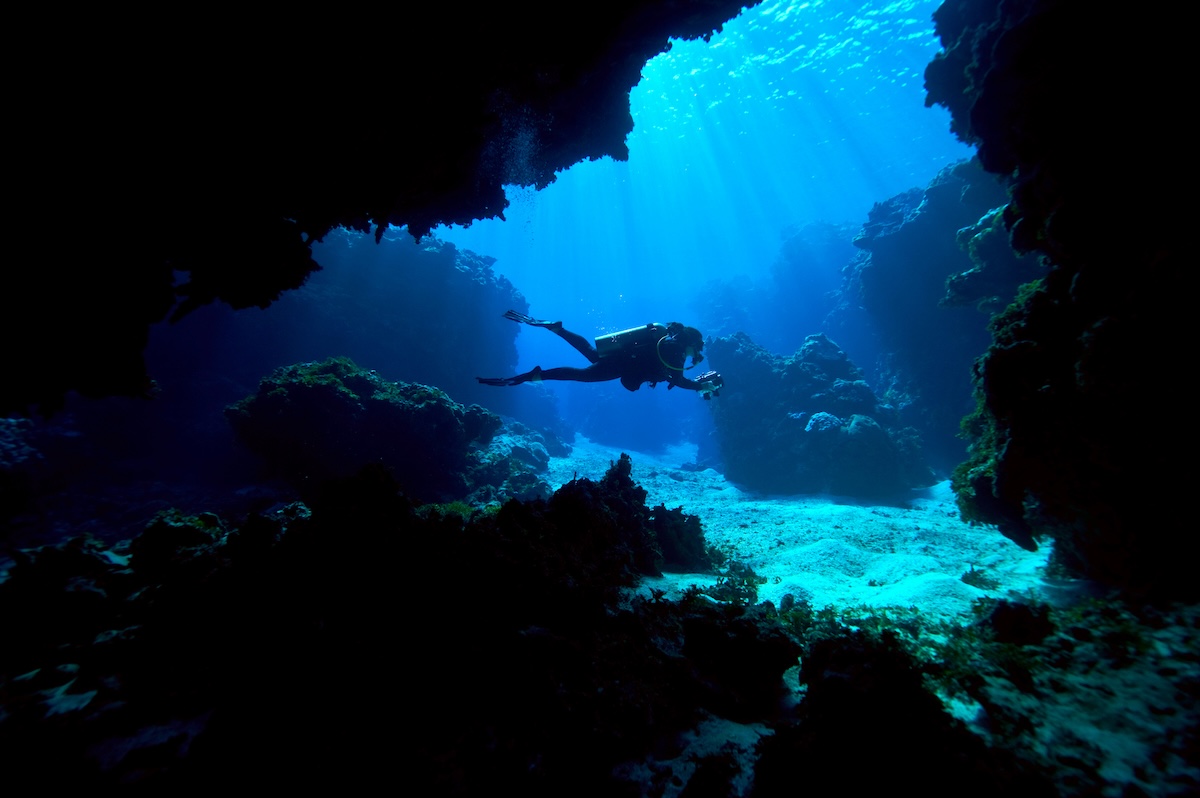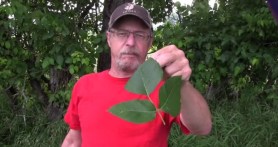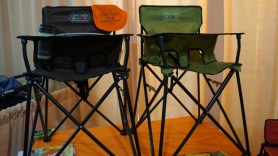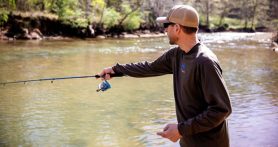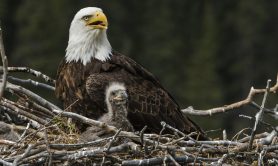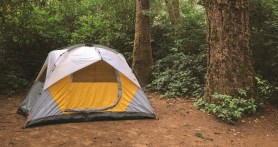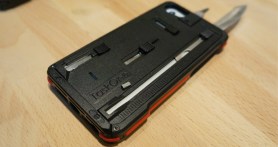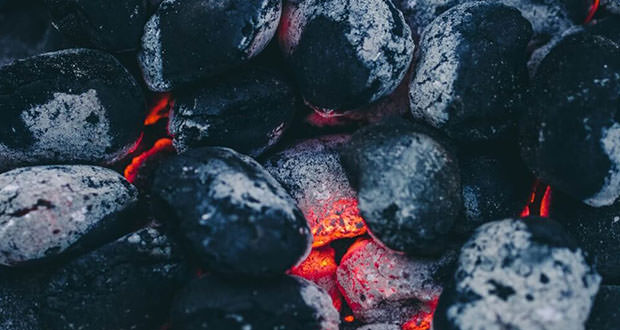

Do you want grandpa to think you’re a softie because you won’t go out and grill your food in the cold? Of course not! He was probably cooking outside in 3 feet of snow, barefoot, after walking 12 miles to gather the wood he needed to get the cooking fire going. Walking a few feet to your grill doesn’t sound so bad now, does it? Let grandpa be your motivation this winter to get out of the kitchen and fire up your food no matter what Mother Nature throws at you.
Videos by Outdoors
If you’re as passionate about outdoor flame cooking as we are, then you’ll want to read our list of 10 winter grilling tips. Some of these tips should leave you thinking “Duh! Why didn’t I think of that?” These tips will make your cold weather flame cooking a little easier, safer, and more efficient.
#1 – Wear Warm Clothes
But no scarfs or dangly things. These are kind of fire hazards.
#2 – Clear Snow
Make a path to the grill and give enough space to move around the grill. On a gas grill, be sure to remove ice from the ignition and thermometer.
#3 – Allow Extra Time
Grilling in the winter can take up to twice the amount of time in extreme cold seen in the northern parts of the continent such as Alaska, Minnesota, and Maine. But even in more temperate climates it will take a little longer to grill or smoke your food as the ambient temp drops. Pay close attention to the guide to safe internal temperatures for various kinds of meat. Use a probe-type, instant-read thermometer to tell for sure.
#4 – Have Extra Fuel On Hand
If you’re using charcoal you’ll want to have extra briquettes or lump charcoal on hand. Not only because it’s colder outside, but because the air is dryer in the winter and your charcoal might burn faster. Check the coals periodically to see if you need to add more fuel to the fire. With gas grills make sure you have more than you think you’ll need to cook your food, just in case.
#5 – Position Your Grill
If you’re cooking in windy weather, position your grill at a 90-degree angle to cut down on wind and improve control even in strong gusts. You don’t want the grill cover to catch the wind and fly off, and we certainly don’t want your food to cool off too quickly when you open the lid to check it.
#6 – Use a Meat Thermometer
Always a good idea, but even more so in cold weather. Using the thermometer prevents the possibility of uncooking which can be a safety concern. Besides a thermometer gives you the ultimate control over achieving the perfect “doneness” for each diner’s taste.
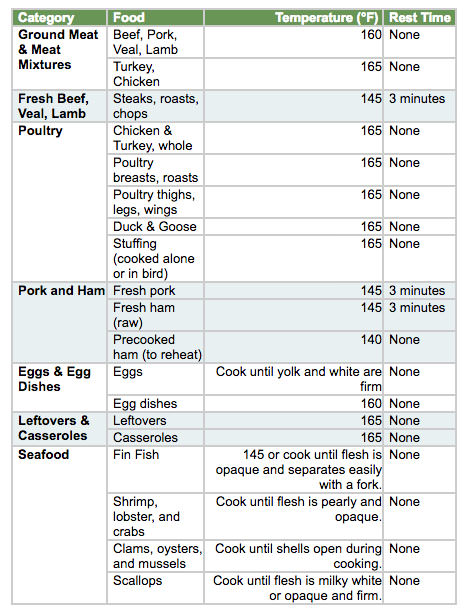
#7 – Grill Outside
You might be tempted to haul your grill inside a garage or overhang, but that’s never a good idea. While burning your house down is a possibility, there are other dangers, such as excessive carbon monoxide exposure and unsavory smoke filling your home.
#8 – Keep the Lid Closed
Even on warm days, the more you open the lid, the longer your food takes to grill and the less evenly it will cook. This is even truer in winter.
#9 – Prevent Restricted Gas Flow
Sometimes in the winter you feel the need to start the grill as fast as possible, but if you turn on the burners before opening the valve on your propane tank, you might experience restricted gas flow to your burners due to a safety device on tanks when excessive gas is released too quickly. You can prevent this by making sure the burners are off before opening the grill lid and turning the tank valve open. Wait a handful of seconds before turning the burners knobs to the start position and igniting the burners. After all the burners are lit go ahead and close the grill lid.
#10 – Don’t Overfill Water Pan
If you prefer cooking with a water pan to hold moisture, understand that too much water will cause the unit to stay at a temperature that is lower than ideal and really extend cooking times.
